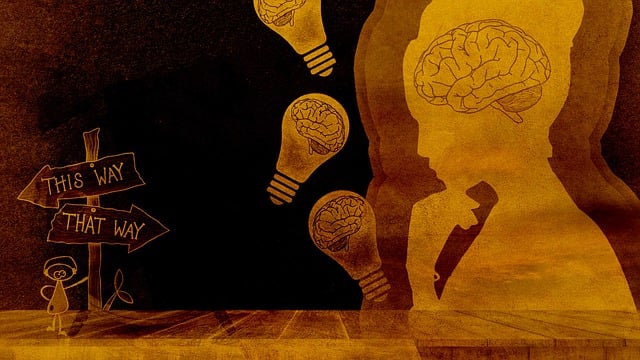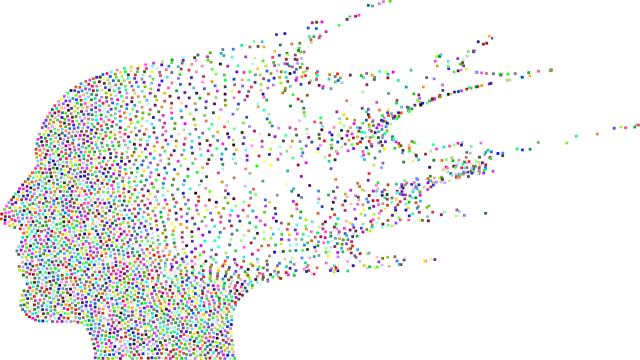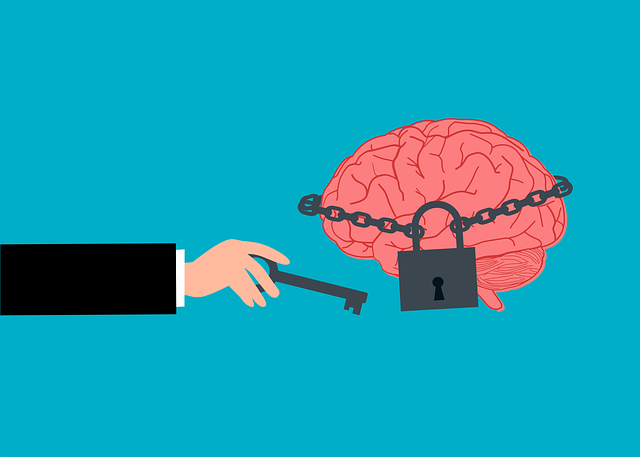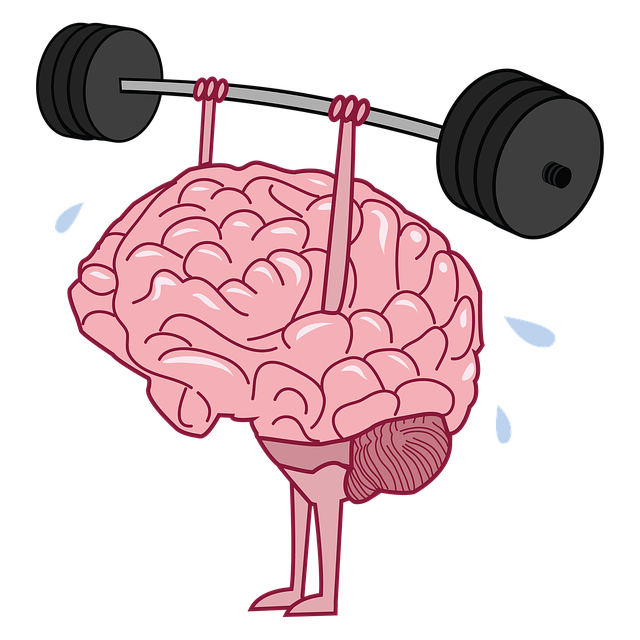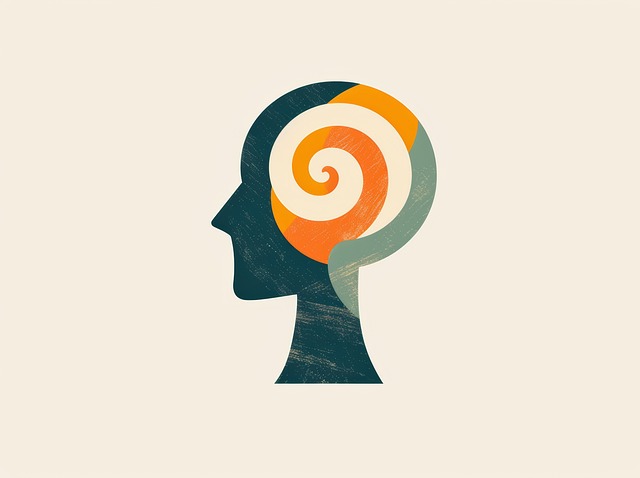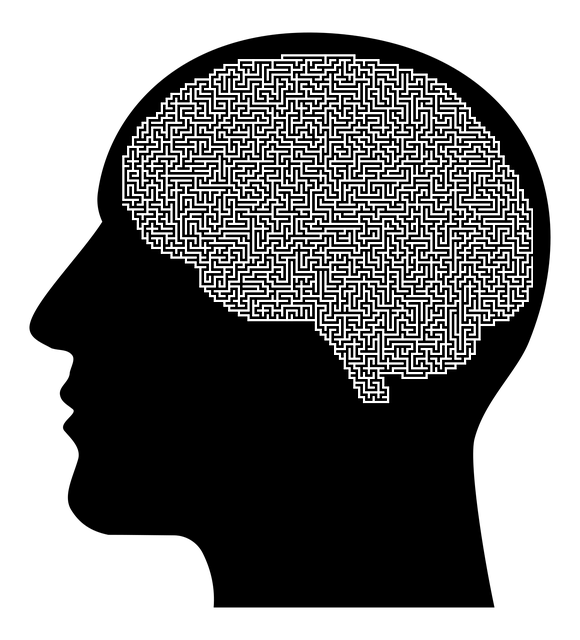Early childhood mental health education, enriched by therapeutic approaches like Somatic Experiencing (SEA), is key to fostering resilience and emotional well-being. SEA's focus on mind-body connections helps children understand trauma through bodily sensations, teaching them effective emotion management. A robust program includes interactive modules on mental health awareness, communication skills, and trauma healing. By combining theory with practical exercises, these programs empower young individuals to recognize and address mental health issues early, promoting a culture of support and resilience.
In today’s fast-paced world, mental health education is vital for fostering resilient young minds. This article explores the design of an innovative program aimed at addressing childhood mental health issues through the powerful Somatic Experiencing approach. We delve into the program’s structure, curriculum development, and implementation strategies, highlighting their impact on enhancing children’s emotional well-being. By integrating evidence-based practices like Somatic Experiencing, we can revolutionize therapy for children, equipping them with essential tools to navigate life’s challenges.
- Understanding Mental Health Issues in Children: Unveiling the Somatic Experiencing Approach
- Program Structure: Creating a Comprehensive Curriculum for Young Minds
- Implementation and Impact: Strategies for Effective Mental Health Education
Understanding Mental Health Issues in Children: Unveiling the Somatic Experiencing Approach

Understanding mental health issues in children is a complex yet essential aspect of their overall well-being. The Somatic Experiencing Approach (SEA) offers a unique and powerful therapy for children, focusing on the profound connection between the mind and body. This therapeutic method recognizes that emotional trauma and physical symptoms are often intertwined, and by addressing these connections, it facilitates deep healing.
SEA aims to help children develop self-care routines for better mental health by exploring their bodily sensations and experiences. Through this process, they learn to identify and manage their emotions effectively, fostering a sense of safety and empowerment. Public awareness campaigns can play a vital role in introducing these concepts to parents and educators, encouraging open conversations about mental health and promoting early intervention strategies. By integrating emotional healing processes into education programs, children can receive the support needed to navigate and overcome challenges related to their mental well-being.
Program Structure: Creating a Comprehensive Curriculum for Young Minds

A well-structured Mental Health Education program for young minds should incorporate a comprehensive curriculum that addresses various aspects of emotional and psychological development. The program’s design should cater to the unique needs of children, ensuring engaging and age-appropriate content. An effective structure could include dedicated modules on Mental Health Awareness, promoting early identification of emotions and mental health issues.
Through interactive sessions, children can learn Communication Strategies, enabling them to express their feelings and seek support when needed. Incorporating practices like Somatic Experiencing can offer a unique approach to trauma support services, helping young individuals process and heal from adverse experiences. By combining theoretical knowledge with practical exercises, the program fosters a safe space for exploration, encouraging open dialogue about mental health while equipping children with valuable tools for personal growth and resilience.
Implementation and Impact: Strategies for Effective Mental Health Education

Implementing a comprehensive mental health education program can significantly impact individuals’ overall well-being, especially in children who are still developing emotional resilience. Effective programs should incorporate interactive and engaging strategies to foster open discussions about mental health. One such approach is incorporating therapy techniques like Somatic Experiencing, which focuses on the mind-body connection, helping students understand and manage their emotions physically.
Designing these programs with a mix of theoretical knowledge, practical self-awareness exercises, and stress reduction methods can empower individuals to recognize and address mental health concerns early on. By integrating these strategies, schools or organizations can create a supportive environment, encouraging students to seek help when needed and promoting long-term mental well-being. Such education acts as a cornerstone for building resilient communities where mental health is prioritized.
Mental health education programs play a pivotal role in equipping young minds with the tools to navigate their emotional well-being. By integrating innovative approaches like Somatic Experiencing, which focuses on the body’s response to trauma, we can design curricula that foster resilience and promote healthy coping mechanisms in children. The structured program structure discussed in this article offers a roadmap for educators and caregivers to create safe spaces for mental health discussions, ultimately improving access to therapy for children and enhancing their overall well-being.

